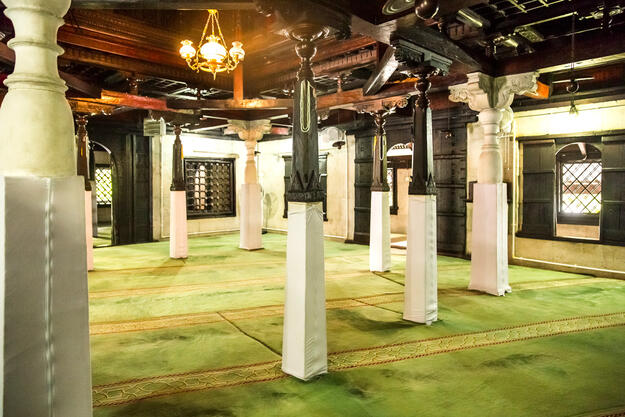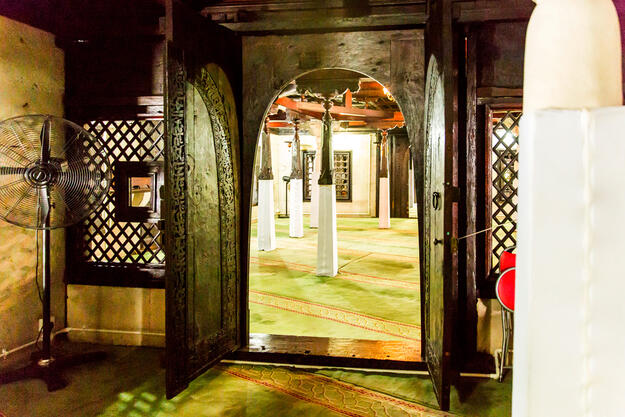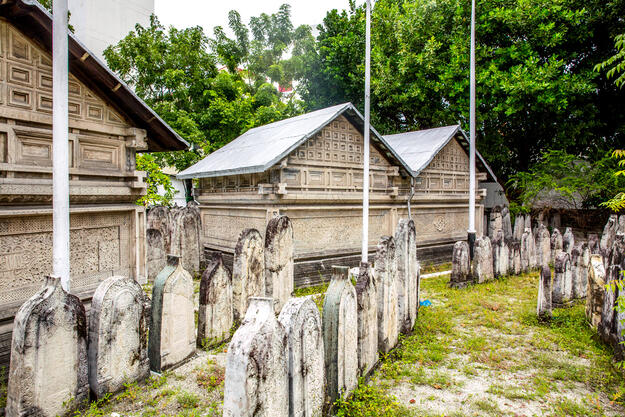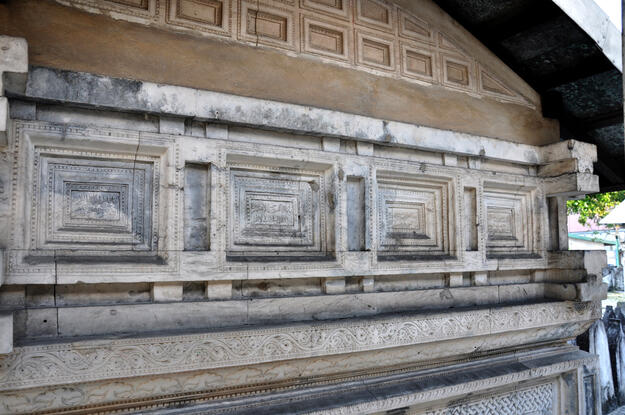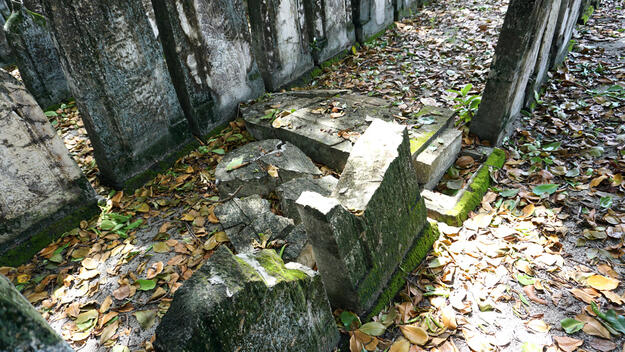Coral Stone Mosques of the Maldives
Site History and Significance
The Threat of Climate Change
Climate change will continue to intensify, testing communities around the world and causing more frequent damage to the built environment. The coral stone mosques of the Maldives, where over 80% of the land area is less than one meter above mean sea level, face rapid urban encroachment, insensitive expansions that hasten deterioration, and rising sea levels. Yet many of the mosques remain in use today, symbolizing the continuity of culture and faith for the people of the Maldives.
Unique Structures
Built mainly in the seventeenth century, the coral stone mosques of the Maldives are architecturally unique, combining local and regional influences to create a synthesis that reflects the country’s position at the crossroads of trade routes in the Indian Ocean. The structures incorporate traces of ancient Hindu architecture from south India, Islamic motifs from Gujarat and the Malabar Coast, features from Buddhist and Hindu temples in Sri Lanka, decorative influences from Thailand and Myanmar, and mosque design in East Africa. The primary material used to build the mosques was Porite coral stone from the surrounding reefs, a material commonly used in the Swahili coast of Africa, though this level of craftsmanship and ornamental detail is unique to the Maldives.
Our Involvement
A Crucial Listing
In 2019, the Maldives government asked World Monuments Fund (WMF) to assist in preparing a nomination file for submission to the UNESCO World Heritage Centre for listing of the coral stone mosques of Maldives as a World Heritage site. This listing will secure the mosques’ status in law, protecting them from development pressures, and will help promote the country’s heritage at home and abroad. It is also an opportunity to raise international awareness of the impacts of climate change on cultural heritage.
A Site Management Plan for the Coral Stone Mosques
WMF is currently developing a site management plan as part of the UNESCO World Heritage nomination for six coral stone mosques: Ihavandhoo Friday Mosque, Meedhoo Friday Mosque, Malé Friday Mosque, Fenfushi Friday Mosque, Isdhoo Old Mosque, and Koagannu Cemetery and Mosque. These six mosques are considered the most historically, artistically, and technically significant examples of this typology of architecture, representing a distinct fusion of the region’s Indian subcontinental, Swahili, Malayan, and Arab cultures. The plan will also lay the foundation for climate adaptation strategies that may have application throughout the Maldives and beyond.
Learn More
World Monuments Fund safeguards cultural heritage around the globe, ensuring our treasured places are preserved for present and future generations.
Sign up for our newsletter to receive regular updates on our projects, stories from the field, upcoming events, and more!
![]()
With support from the Ambassadors Fund for Cultural Preservation.

